Mint is a spreading perennial herb that can grow to 1-2 feet tall and spread to 3 feet wide. Mint is native to the Mediterranean but has been naturalized over the world. There are many varieties of mint, but common mint (Menta Genus) and apple mint (Mentha suaveolens) are the forms most commonly grown in American gardens.
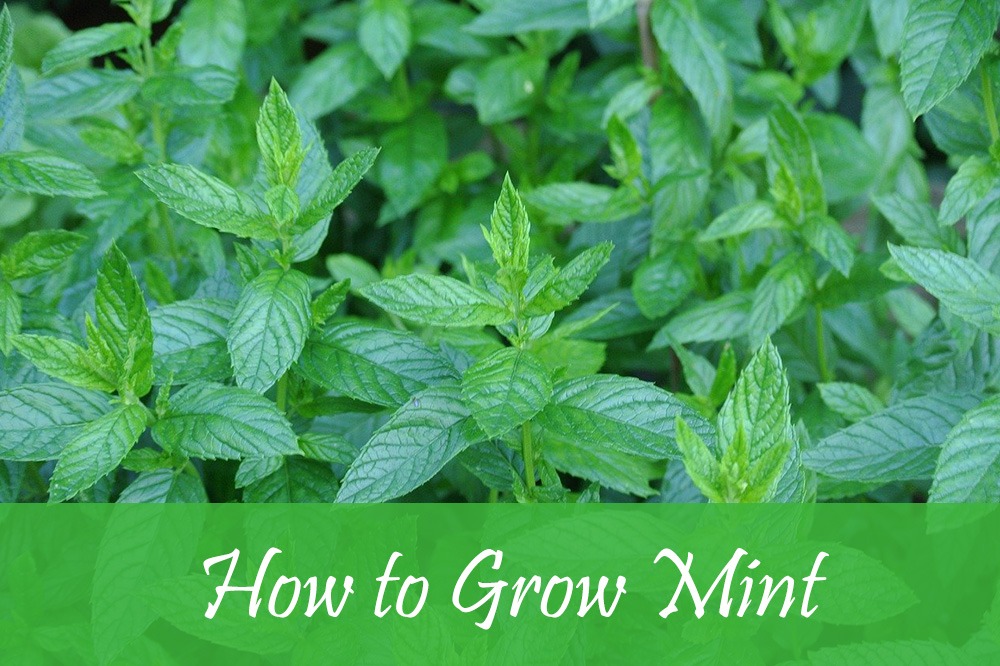
Read Next
Mint leaves are edible and have a refreshing, peppermint taste.
Mint's herbaceous, slightly hairy stems are square in cross-section, while its leaves are ovate or lance-shaped.
When you squeeze the plant in your fingers, it will produce a unique scent, which makes it ideal for teas and beverages. A recent study did well to show the many pharmacological and therapeutic benefits of peppermint.
Aside from being useful kitchen condiments, mints are also suitable as ground covers, air fresheners, garden accents, and more. Some even go as far as using mint plants for design aesthetics, and they can also grow well in the shade. The plant also spreads relatively fast, which makes it essential to control its growth rate.
Read Next
Basic Facts About Mint
- Botanical Name – Menta Genus
- Common Varieties – Spearmint, apple mint, and apple mint
- Plant Category – Perennial
- Sun Exposure – Best growth in partial shade
- Soil Type – well-drained and loam soil
- Flower Color – varies between pink, white and purple
- Hardiness Zones – zones 3 to 11
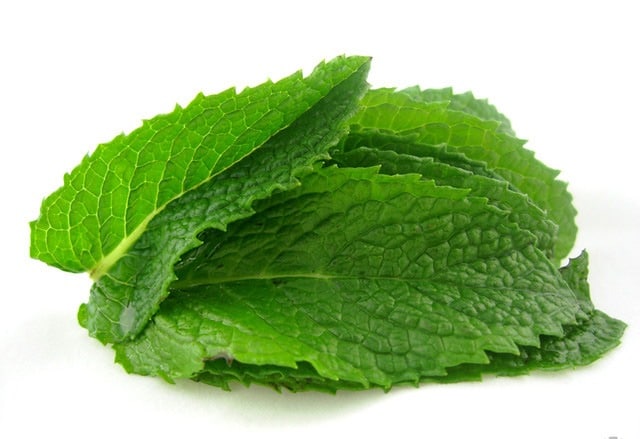


How to Grow Mint
The following are some key factors involved in growing mint, and you should try as best as possible to provide these conditions for your plant. They include
Light
Mint plants thrive well in areas that have partial shade. It can grow in full sun, but you might have to water the plant regularly to achieve the best growth results. Mint is also one of the few herbs that you can easily grow in areas with lots of shade.
Soil and Water
When it comes to soil selection, mint does well in slightly acidic soil, which has an average pH of 6.5 to 7.0. However, if the ground is slightly lean, then consider applying a top dress along with some mulch to control water loss. Also, you can also use some fertilizer during the midseason after the pruning process.
One of the most critical necessities for mint growth would be moist soil, with adequate drainage. The mint plants thrive well in areas with water, but may not survive in soggy soil. If the plant feels or seems dry, consider adding some water to improve the yield of the mint. It is also best to water the plants in the morning, to provide adequate moisture as the sun rises.
Temperature and Humidity
The hardiness of mint depends on the species that you are growing, with most types being highly adaptable. To be specific, the Peppermint (Menta Piperita) is among some of the hardiest species of mint plants. It can withstand cold environments in USDA hardiness zones that average at three and above.
Also, spearmint (Mentha spicata is also well known for handling humidity well and can survive in zone 11. For those who want to grow mint indoors, controlling moisture is crucial. You can achieve optimal humidity control by keeping the plant hydrated.
Fertilizer
You will have to keep the plant supplied with a balanced and all-purpose fertilizer in the spring, especially when new plants grow. Also, consider fertilizing the plant on average for 4 to 7 weeks, and all through the growing season as well. The plant nutrients tend to leach away quicker from plants in pots.
Harvest and Storage
Frequent harvesting is the best approach for maintaining the health of your plants. The young leaves tend to have more flavor than the old ones and can be harvested easily in the spring. While the fresh leaves are suitable, you can also freeze or air dry the leaves.
Just before the flowering process, consider cutting the stems on average 2 inches from the ground. It is possible to harvest a single mint plant two or three times during the planting season.
The picking times are also suitable for when you require the leaves the most. Usually, mint growers pick the mint by hand, and might involve several farmers if the produce is meant for commercial purposes.
The mint plants also thrive well indoors, which can provide a fresh supply of leaves all through the winter. If you want to dry the leaves, cut them right before the flowering process. However, you may have to ensure the plant receives adequate light, water, and sunshine to achieve the best growth results.
Propagating Mint
The best approach for propagating mints is to use high-quality cuttings. The propagation process lets you grow new plants from various types of sources. These might include cuttings, seeds, and various other plants. Furthermore, propagation can sometimes involve the acritical or natural methods of seed dispersal.
The cuttings should be 7 inches on average and planted horizontally in the soil. Also, the mint stems can root when placed in a pot of water. The best way to cut the mint would be by using an already established plant.
Varieties of Mint
A relatively fast-growing herb, mint makes up one of the best plants to grow. The mint is perennial, with hardy growth characteristics. When left to grow on its own, mint can spread relatively fast and become a pest. That said, the plant is also useful as a culinary herb, and the plants grow well without any care required.
The best solution would be to select a spot where the plant where it would access optimal light and ventilation.
Mint grows quite differently from the conventional plant structure. It has long branches that grow upward, and then downwards. More so, the roots spread quickly, thereby increasing the reach of the plant and its growing capabilities. The occurrences of pinkish, white, and attractive flowers, will easily attract various types of insects, including bees.
Growing in Containers and Harvesting
The best way to contain the roots and control any spreading of the plant would be to use containers. Ensure that you keep container mints stable, and away from issues such as touching the ground. The best approach would be to place them on paved places or patios because they root easily and spread to wherever they touch the ground. Even when grown in pots, mint plants tend to produce large amounts of foliage.
The harvesting process starts when the plant has stems that average at about 5 to 9 inches long. On average, this process takes about eight weeks from seed, and you have to be well prepared. Avoid harvesting more than a third of the plant at any time, to prevent any issues such as plant weakening
Cut the leaves and sprigs as required. If you fail to harvest your mint at the right time, then shearing during the mid-season is beneficial. Also, you might probably come across longer stems and shorter leaves. At this point, consider cutting the plants back according. You can start with small sections at a time, to make the harvest seasonable and suitable. Most herbs also grow well in herbal lawns and might require shearing if planted close to places such as pavements.
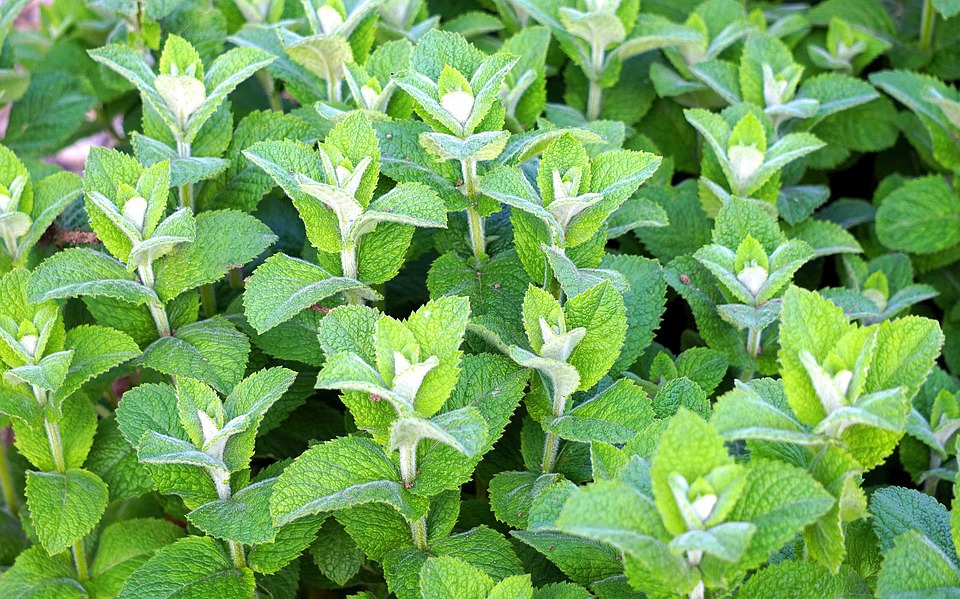


Pests
In some cases, issues such as rust can easily affect the growth of mint. It usually appears to form small orange spots on the blades of the leaves. Thus, you should use some organic fungicides to help the plants dry between waterings. Any stressed plants might also be compromised by issues such as spider mites, aphids, mealybugs, and more.
Propagating Mint
Any cuttings of mint will root well in water or soil, and you can easily transplant the mint into new pots or gardens. Also, you can always grow a new batch using some seeds. However, some mint plants classify as hybrids and might not improve by using seed.
You can sow mint outdoors late in the spring, or plant some seeds on average three months before the last frost. Ensure the soil is moist until the seed germinates. The mint seeds take two to three weeks to grow. On average, seed-grown plants achieve a harvestable size in 8 weeks.
Types of Mint
If you want to grow mint, consider these common varieties of mint:
- Mentha piperita (Peppermint) – this works best for flavoring food and grows in zones 4 to 10
- Mentha suaveolens – has a distinct flavor that is similar to apples, and grows in zone 6 to 10
- Mentha piperita citrate – this is one of the tastiest mints, with a unique fruit flavor. It also thrives well in zone 6 to 10
Top 5 Uses of Mint
Aside from beautifying your garden, there are various other benefits of growing a supply of mint. The main ones include:
- Food – peppermints are suitable for cooking, especially when preparing salads, and can also be sprinkled over fruits. The peppermint is also commonly mixed with other herbs such as cilantro to make pesto. You can also add some freshly chopped mint to vegetable curries consisting of carrots, beans, and more.
- Drinks – you can make iced mint tea, and then use the ice cubes with your summer beverages. Use some mint ice cubes to spice up iced tea, lemonade, scotch and even mojitos.
- Tea – with a reliable supply of mint, you can easily make mint tea. The commonly used mints for tea include apple mint, peppermint and spearmint. You will have to place the fresh mint in boiling water for a few minutes and serve it as tea. Mint is a unique digestive aid, especially when taken after meals.
- Hair Rinse – using one part of strong rosemary mint tea and cider vinegar, prepare a mixture that you will use to clean your hair. The mint and vinegar work as potent deterrents of bacteria, which might lead to the development of hair dandruff.
- Facial care – you can use some witch hazel and minced leaves of peppermint to prepare a unique facial cleanser. You will have to store the mint in a jar for seven days and shake the mixture every once in a while. Then, remove the herbs from the mixture and apply them to your face. It helps to unclog the pores and to kill harmful bacteria on the skin.
Growing Mint
Mint is extremely easy to care for and makes for an excellent addition to any home garden
Everyone can grow delicious fresh herbs at home with a little planning and effort. Mint is among the easiest herbs to plant in your garden, known to be very adaptable to different soil types and thriving best in moist conditions

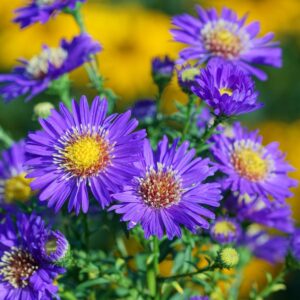
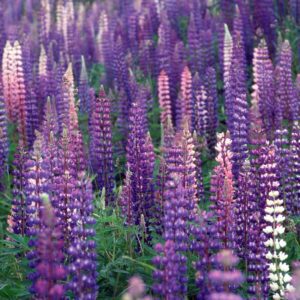
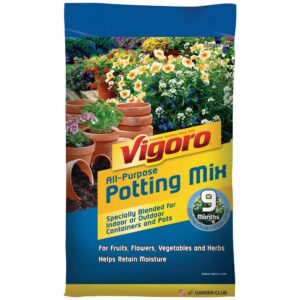
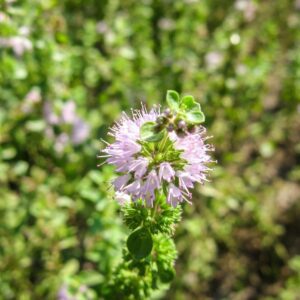
Comments
No Comments